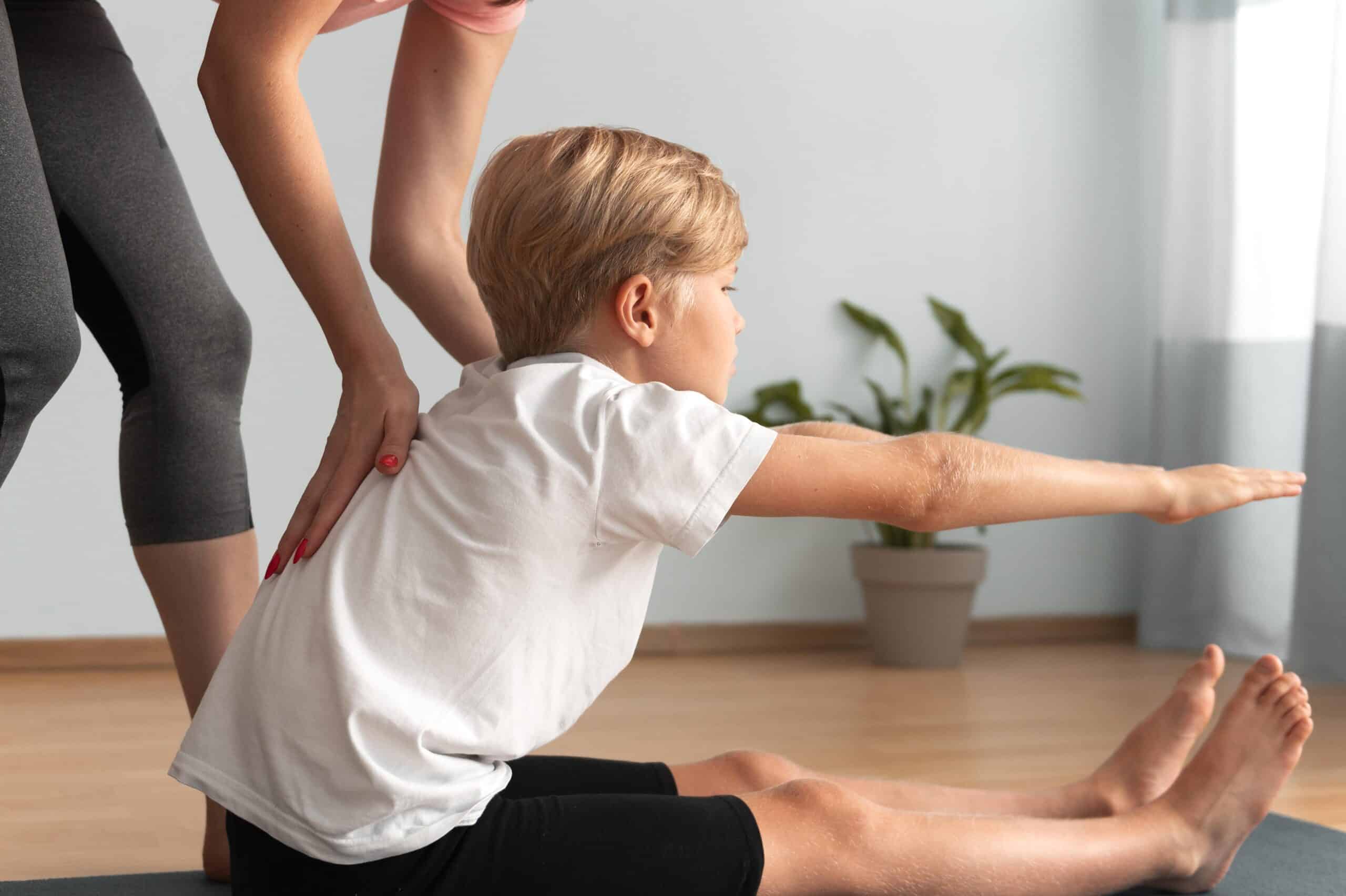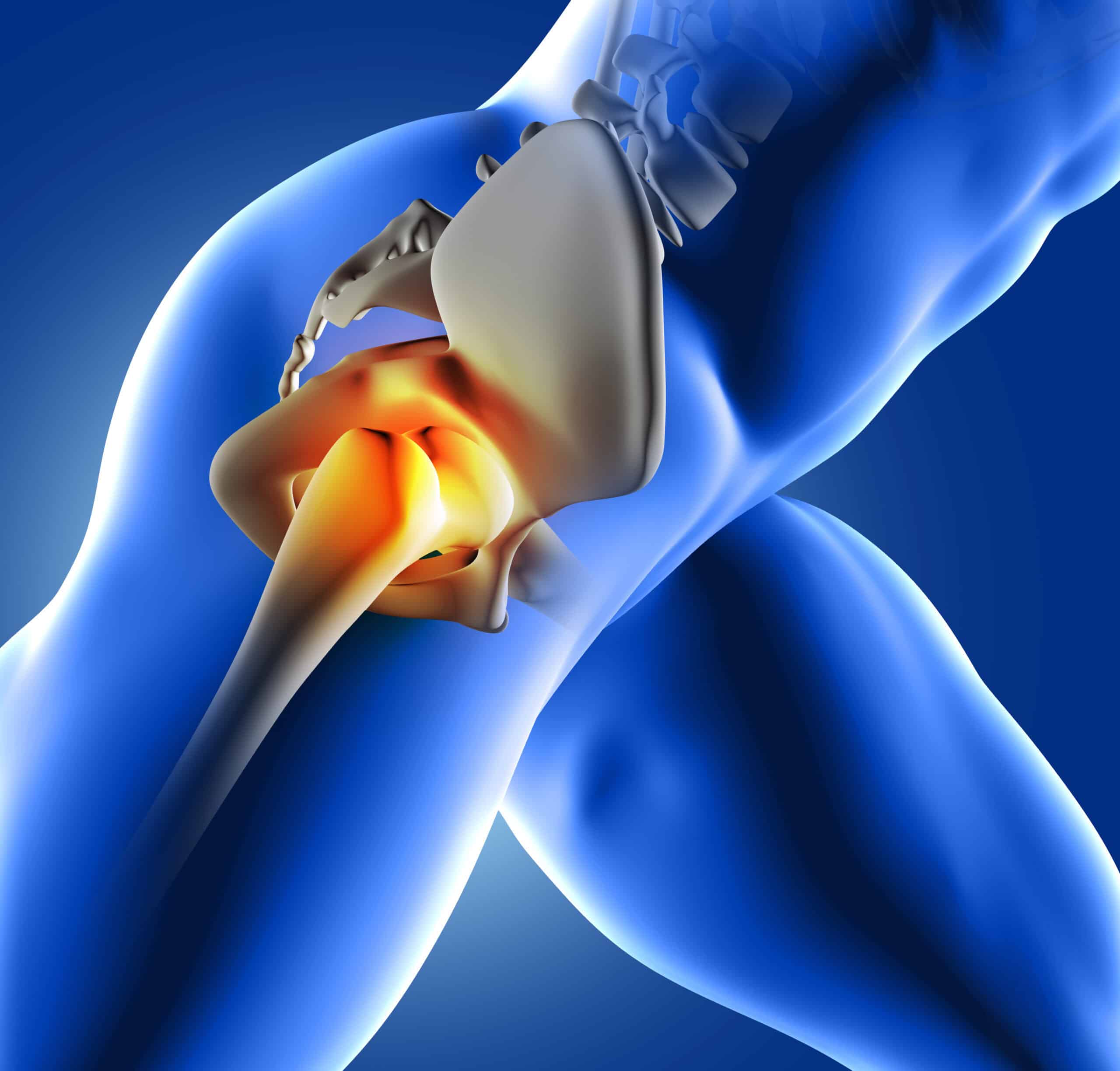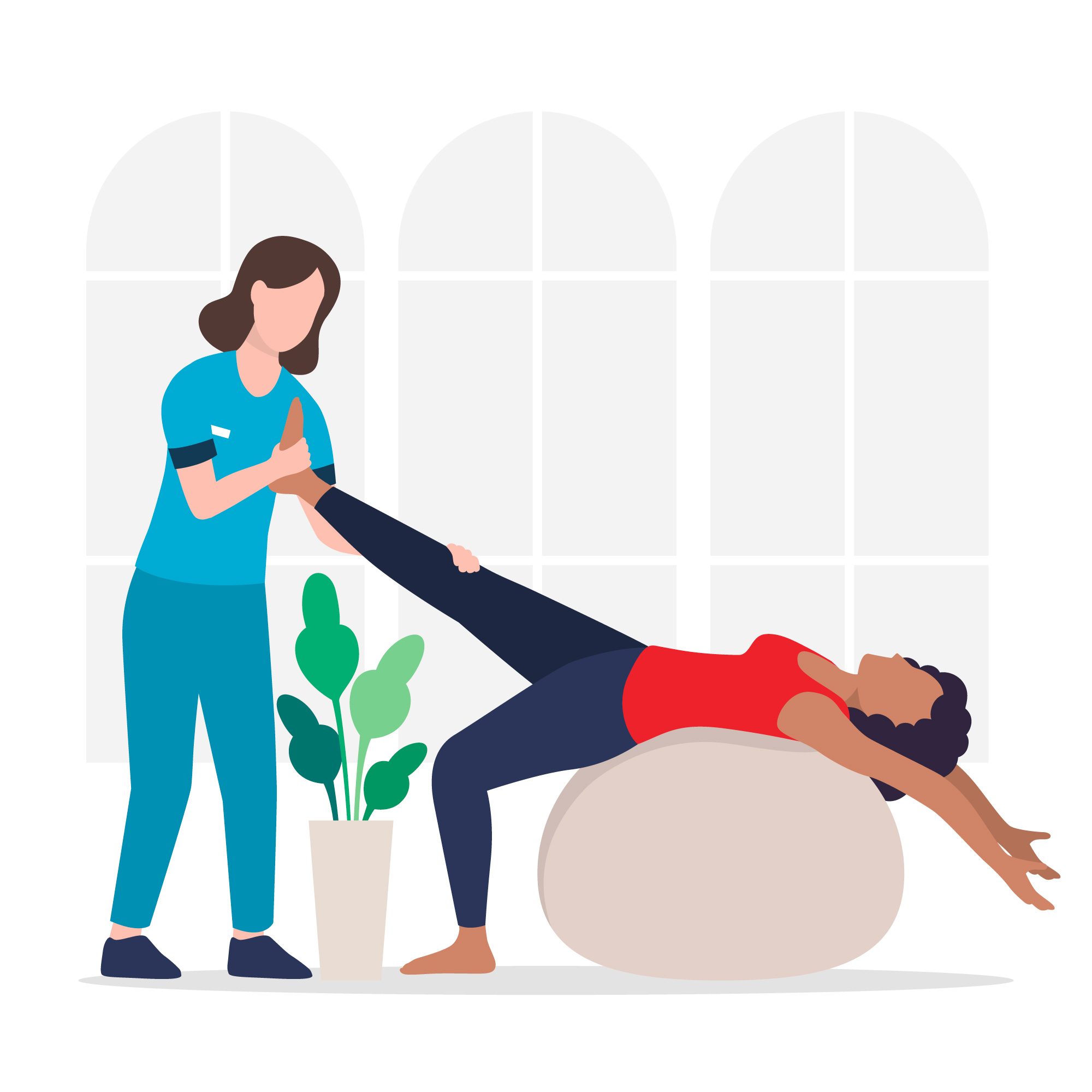The Hidden Link: Posture and Mental Health
Pranali Kamat, Physiotherapist
August 6, 2025 | News

How standing tall can lift more than just your spine
When we think of posture, most people picture sitting up straight to avoid back pain or slouching over a desk for too long. But what if we told you that your posture can impact not just your physical health—but your mental health too?
That’s right—your posture and your mood are more connected than you might think.
How Posture Affects the Mind:
We all know how body language can reflect how we feel. Shoulders slumped, head down. That looks like sadness or fatigue. But research shows it works both ways—poor posture doesn’t just show a negative mood; it can cause or worsen it.
Studies have found that poor posture is associated with:
- Increased stress and anxiety
- Decreased energy levels
- Lower self-esteem
- Reduced focus and memory
- Higher risk of depressive symptoms
On the flip side, standing or sitting upright—chest open, head up—can actually boost your mood, confidence, and ability to cope with stress. It’s your body’s way of signalling strength and positivity, and your brain listens.
The Posture-Mood Feedback Loop:
Your body and mind are constantly communicating. Here’s how the cycle works:
- You slouch due to stress or fatigue.
- That poor posture compresses your lungs and restricts breathing.
- Shallow breathing increases tension and reduces oxygen to the brain.
- You feel more tired, irritable, or anxious.
- You slouch more, and the cycle continues.
Breaking this loop starts with one thing: AWARENESS
5 Simple Tips for Maintaining Positive Posture:
Here are some practical ways to improve your posture and support your mental wellbeing:
- Check your workspace
Make sure your desk, chair, and screen are ergonomically set up to support your spine.
- Do a posture scan
Several times a day, pause and check: Are your shoulders hunched? Is your head jutting forward? Gently realign yourself.
- Breathe deeply
Practicing slow, deep breathing improves oxygen flow and naturally encourages an upright posture.
- Strengthen your core and back
Exercises that target these areas help you maintain posture without strain.
- Move often
Sitting in one position too long—even with good posture—can cause fatigue. Stand up, stretch, or walk every 30–60 minutes.
How Chiropractic and Physiotherapy Can Help:
If you’re struggling with posture-related tension, headaches, or fatigue, you don’t have to tackle it alone.
Chiropractors and physiotherapists can assess your posture, identify muscular imbalances, and guide you with tailored treatments and exercises that not only improve alignment but also promote relaxation, energy, and overall mental clarity.
Recent post

The Hidden Link: Posture and Mental Health

The Effect of Poor Posture on Spinal Health

Why Chiropractic Care is Important – Even for Babies and Children

Healing After Surgery: How Physiotherapy Accelerates Recovery

Chiropractic vs Physiotherapy: What’s Best for Back Pain?

Spinal Decompression Therapy: A Non-Surgical Solution for Back Pain Relief
You may also like

Chiropractic Care and Back to School: What you need to know about & why it should be on your checklist?

Are you sleeping comfortably?

What’s the link between feet and lower back pain?

Piriformis syndrome and discogenic pain, Is it the same?

Difference between Dry Needling and Acupuncture

Taking a Step Towards Relief: How Insoles Can Help Ease Back Pain
Recommended Posts

Stay Cool, Stay Hydrated: Essential Tips for a Refreshing Summer
by
Dr. Tim Jacobs DC LRCC MChiro
June 15, 2023

Want a healthy back?
by
Dr Haleema Khan MChiro
December 29, 2022

Why Combining Chiropractic and Physiotherapy is so Effective
by
Dr. Tim Jacobs DC LRCC MChiro
October 11, 2024
